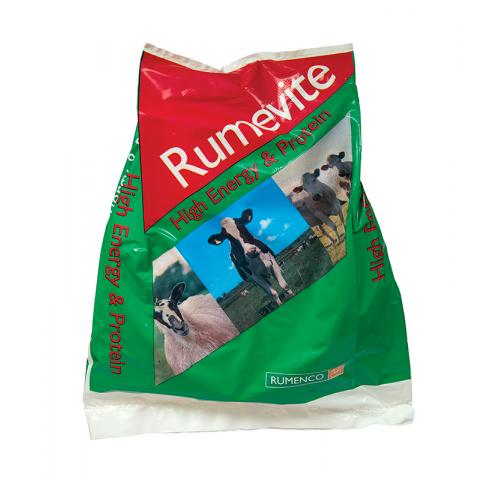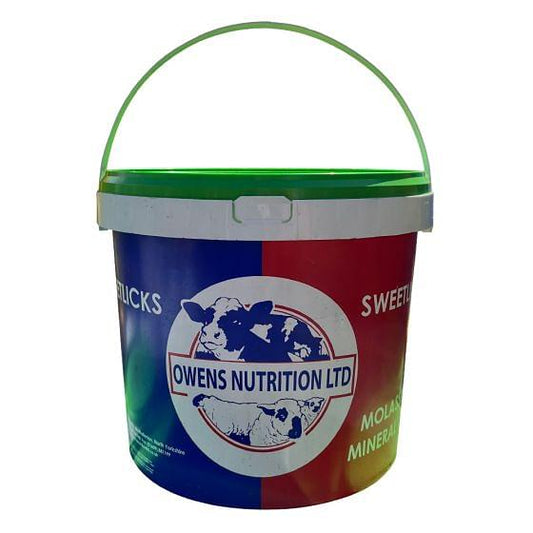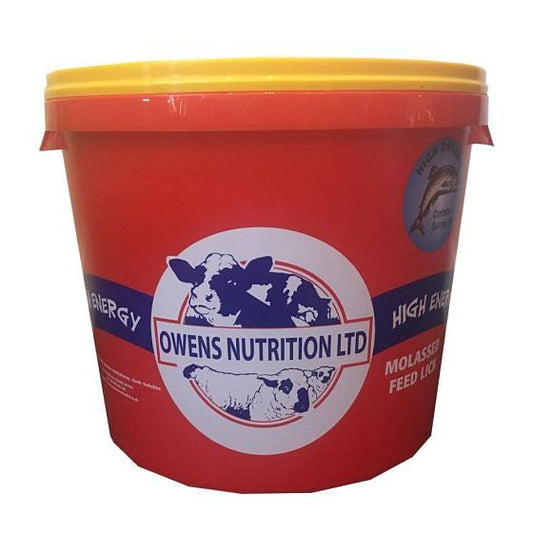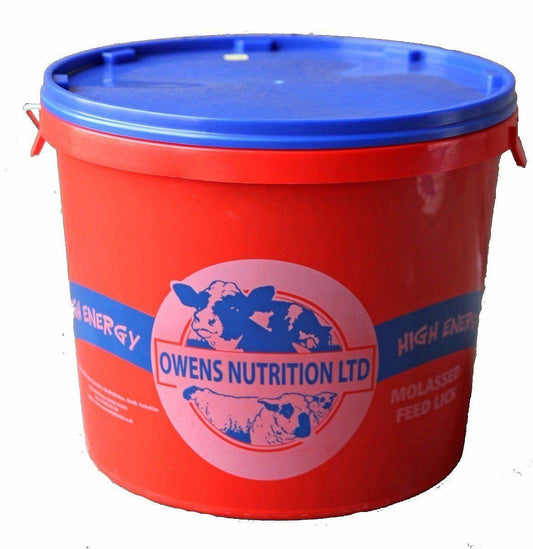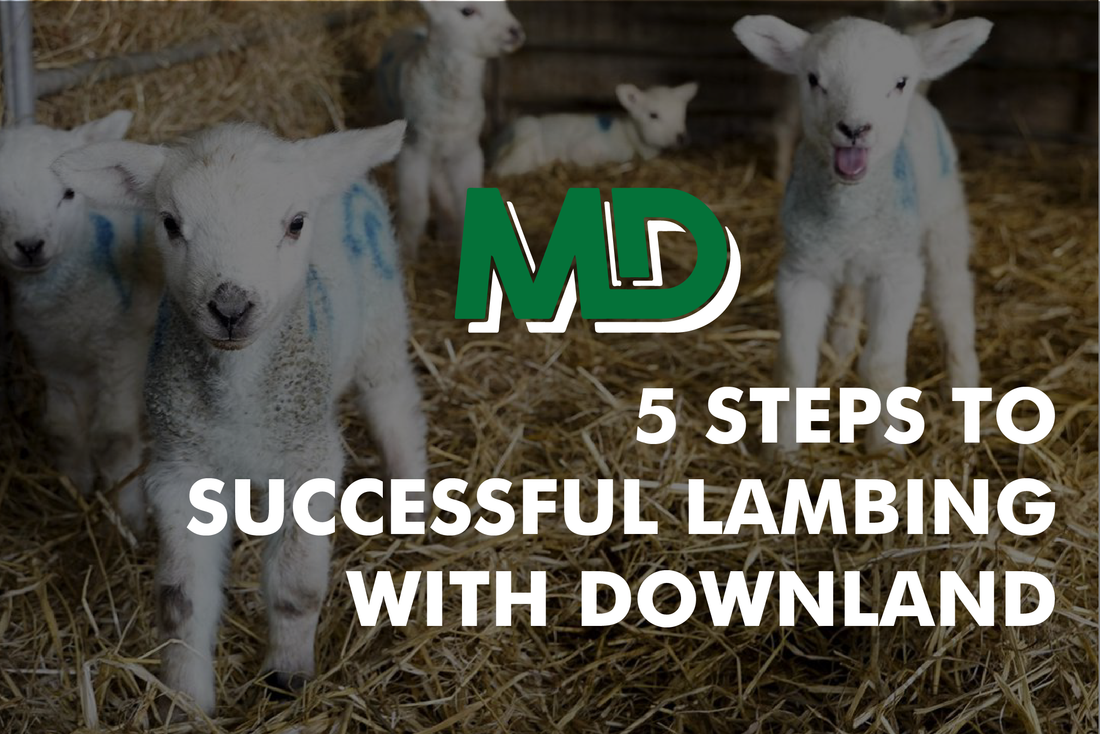
Share
There’s always a lot happening on the farm, and even more to do at lambing time, but it’s what’s going on inside the ewe that makes the crucial difference at this key period in the sheep calendar. Understanding and implementing targeted nutrition on the approach to lambing is fundamental to success. We’ve put together five top tips, giving you the inside story, to help farmers achieve success and maximise profits.
1. PREPARE YOUR EWES

2. FEED WHAT THEY NEED

The extensive nutritional demands in late pregnancy will vary significantly depending on how many lambs the ewe is carrying. Getting the balance right will be most cost-effective and help prevent common and serious problems. Scanning can help identify singles and multiples so diets can be targeted.
Overfeeding singles will increase the risk of large lambs which can cause problems at lambing. Alternatively underfeeding those carrying multiples increases the risk of metabolic diseases such as twin lamb disease, a ewe carrying triplets requiring up to 10% more energy than a ewe carrying twins.
Twin Lamb Disease (TLD), also known as Pregnancy Toxaemia, is commonly seen 3-4 weeks prior to lambing when demands on the ewe are considerable and, in particular, inadequate dietary energy forces a ewe to break down fat and muscle for energy.
3. NEWBORN NUTRITION

The first few hours of a lamb's life are tough. With limited energy reserves and little protection from infection. It’s not surprising that half of lamb losses occur in the first 48 hours after birth. Colostrum is so important for a lamb to survive and get a good start. Colostrum supplies immunoglobulins to deliver “infection-fighting” passive immunity. Newborn lambs have no circulating antibodies or immunoglobulins which are crucial in their defence against bacteria and viruses.
Good quality colostrum is high in immunoglobulins from the ewe that can be absorbed by the lamb in the first hours of life. Nutrition from mid-pregnancy onwards is a key driver of colostrum quality and quantity. Colostrum production is affected by live weight loss in late pregnancy as well as poor body scores. The quality of the protein in the ewe’s diet also makes a difference. Good quality protein provides digestible undegraded protein (DUP) that can bypass the rumen to provide the essential building blocks needed before lambing.
4. ASSESS BODY CONDITION SCORE

5. SEE THE RETURNS

Nutrition on the approach to lambing through to lactation not only impacts this season but lays the ground for the next. While the ewe still has to produce sufficient milk for her lambs, her body must recover and prepare for tupping later in the year. Monitoring BCS plays an important role to ensure diet matches demands. Excessive loss of BSC, or any loss from ewes already below optimum BCS can impact lamb growth and next seasons performance. Optimising the ewe’s diet throughout pregnancy will also have an impact on the next generation as well. Follicular development in the foetal female lamb is known to be reduced if the ewe is underfed during pregnancy thus impacting fertility and performance for years to come.
DOWNLAND PRODUCTS TO SUPPORT YOUR EWES THIS SEASON
OPTI-LIX HIGH ENERGY
- is an extra high energy (16 ME) and protein (12%)feed lick to support energy requirements on the approach to lambing, which also contains a full complement of essential minerals, vitamins and trace elements.
- has a high sugar content and is ideal for ewes that may be at risk of twin lamb disease.
OPTI-BLOX SHEEP ENERGY
- is a high-energy (12 ME) and protein-pressed feedblock. High levels of protein including natural and urea sources to support milk production.
- also contains a full complement of minerals, vitamins and trace elements including Availa selenium and zinc which can support colostrum quality, lambing ease and immune system function.
- is ideal for ewes in poorer BCS or those with poorer quality forages.
Understanding ‘the inside story’ on the approach to lambing this
season and in particular the importance of optimised nutrition will
support a successful lambing season and beyond


